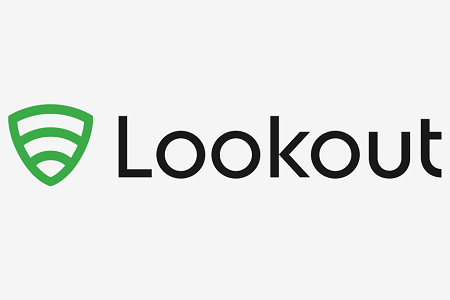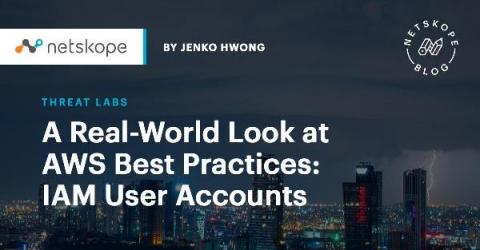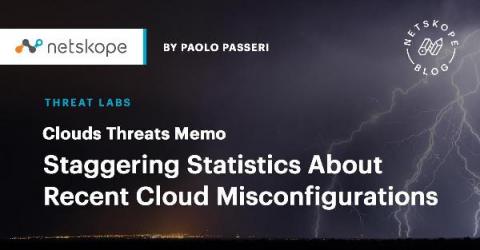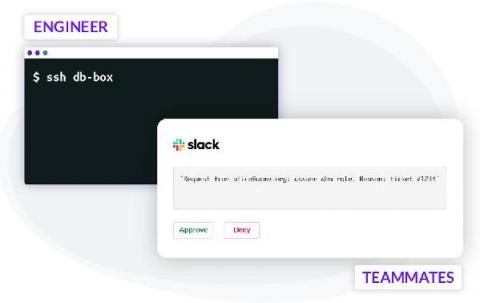Security | Threat Detection | Cyberattacks | DevSecOps | Compliance
Technology
NAME:WRECK DNS Bugs: What You Need to Know
For most internet users, there’s not much of a perceivable difference between the domain name they want to visit and the server that the domain queries. That’s because the Domain Name System (DNS) protocol does a good job of seamlessly routing users to different IP addresses that are all associated with a single domain name.
Device Authority KeyScaler and Venafi CodeSign Protect Demo
4 Reasons Cloud-Native Organizations Benefit from Cloud-Native Logging and SIEM
For cloud-native organizations — those begun in the past decade or so — obtaining critical services from other cloud-native companies makes sense. After all, the whole point of being cloud native is to avoid physical infrastructure wherever possible. You want to focus on your business, not managing the systems and infrastructures that support it. That strategy applies to your logging and security information and event management (SIEM) solution, as well.
Device management blind to 125 percent increase in financial sector phishing attacks
As guardians of valuable monetary assets and highly sensitive data, financial institutions are the perfect target for cybercriminals. According to IBM, the financial services sector was the number one target of cyberattacks in 2020 among all industries. This means these organizations continue to be challenged and invest heavily in both people and technology to make sure they can withstand attacks of any type.
Ask SME Anything: What are the major transformations behind SASE architecture?
A Real-World Look at AWS Best Practices: IAM User Accounts
Best practices for securing an AWS environment have been well-documented and generally accepted, such as AWS’s guidance. However, organizations may still find it challenging on how to begin applying this guidance to their specific environments. In this blog series, we’ll analyze anonymized data from Netskope customers that include security settings of 650,000 entities from 1,143 AWS accounts across several hundred organizations.
Cloud Threats Memo: Staggering Statistics About Recent Cloud Misconfigurations
Cloud misconfigurations continue to be a serious concern for organizations, and the list of security incidents caused by the exposure of data from Saas and IaaS applications only continues to grow.
Pull Requests for Infrastructure Access
Making frequent changes to cloud applications running in production is the de-facto standard. To minimize errors, engineers use CI/CD automation, techniques like code reviews, green-blue deployments and others. Git pull requests often serve as a foundational component for triggering code reviews, Slack notifications, and subsequent automation such as testing and deployments. This automated process enforces peer reviews and creates enough visibility to minimize human error.
Navigating Cloud Adoption Myths And Misconceptions
Cloud computing is the vehicle with which modern enterprise organisations drive their digital transformation initiatives. Cloud adoption provides an opportunity for organisations to progress their digital transformation initiatives, scale rapidly and develop their digital service offerings with reduced time and cost overheads, resulting in more agile and efficient working practices and increased value to customers.











